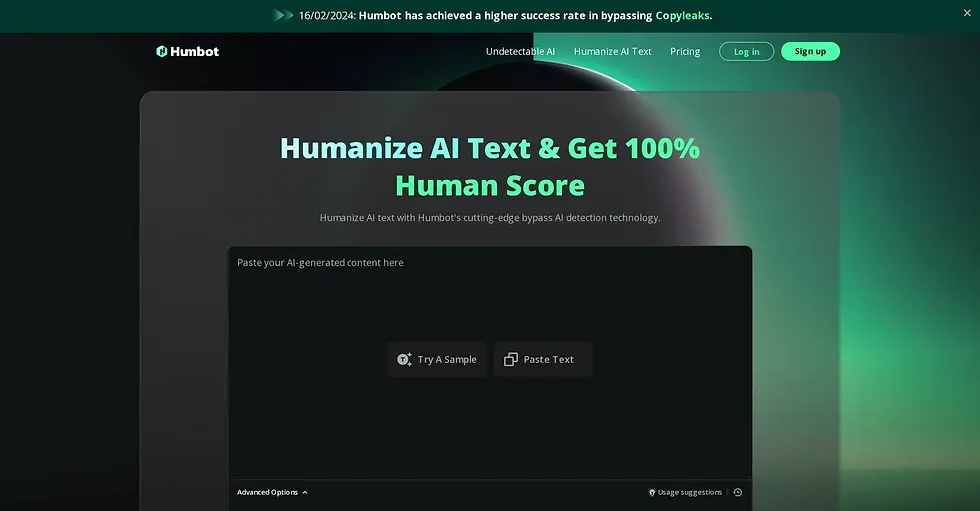AI Hoax Alert: Big-Eyed Jellyfish Video Isn't Real
If you've spent any time doomscrolling on X (formerly Twitter) lately, you might have encountered a surreal deep-sea video showcasing a 'mesmerizing yet eerie' jellyfish gliding across the ocean floor. The clip, shared on February 21, 2025, quickly went viral, leaving the internet in awe of its big, haunting eyes and fluid movement. But here's the catch—it's not real.
Artificial Intelligence Strikes Again
Surprise, surprise! It turns out this so-called deep-sea discovery is yet another product of AI wizardry. Somewhere, a digital artist (or a mischievous AI model) generated this hyper-realistic jellyfish, and the internet, as usual, took the bait.
How Can We Tell It's Fake?
Some skeptics immediately pointed out a few red flags. If you haven't developed an AI-detecting sixth sense yet, here are some hints:
- Unnatural Movement: The smooth, eerie gliding feels more like AI-generated animation than actual marine biology.
- Too Perfect to Be True: Nature is weird, but even the ocean's strangest creatures have some imperfections. This jellyfish looks like it came straight from an alien concept artbook.
- No Verified Source: Legit marine biology discoveries tend to come from research institutions, not random social media posts with zero citations.
Why Are AI Hoaxes So Convincing?
AI-generated content is getting scarily good. With tools like MidJourney, Runway, and advanced video synthesis models, even experts sometimes struggle to tell real from fake. These advanced models can simulate realistic lighting, fluid physics, and even biological movement patterns, making it harder than ever to separate fact from AI fiction.
What Does This Mean for AI and Misinformation?
As AI capabilities grow, so does its potential for creating misinformation. We've seen deepfake videos, synthetic voices, and now ultra-realistic creatures that don’t actually exist. Fun? Definitely. Problematic? Absolutely.
This raises a few questions: How much AI-generated content is already circulating unnoticed? Could fake AI discoveries undermine real scientific breakthroughs? Are we heading toward a future where every video needs a 'likely AI-generated' disclaimer?
How to Spot AI-Generated Hoaxes
Next time you see an oddly satisfying, almost-too-good-to-be-true video, try this:
- Check the Source: Is it coming from a reputable institution or an anonymous social media account?
- Reverse Image Search: Tools like Google Lens can help track whether the content originates from a known AI tool.
- Look for Expert Input: If a video claims to show a massive scientific discovery, marine biologists or researchers should be talking about it.
Final Thoughts
AI-generated media is only going to become more convincing. While it's fun to marvel at the creativity of AI art, it's crucial to stay skeptical and verify before sharing. After all, we wouldn't want to start believing in big-eyed jellyfish that don't actually exist—next thing you know, AI will be creating cryptids, and we'll be hunting for digital Nessie.
Get to know the latest AI news
Join 2300+ other AI enthusiasts, developers and founders.
- CommentsShare Your ThoughtsBe the first to write a comment.

%20(1).webp)
.webp)








.webp)






.webp)



.jpg)

